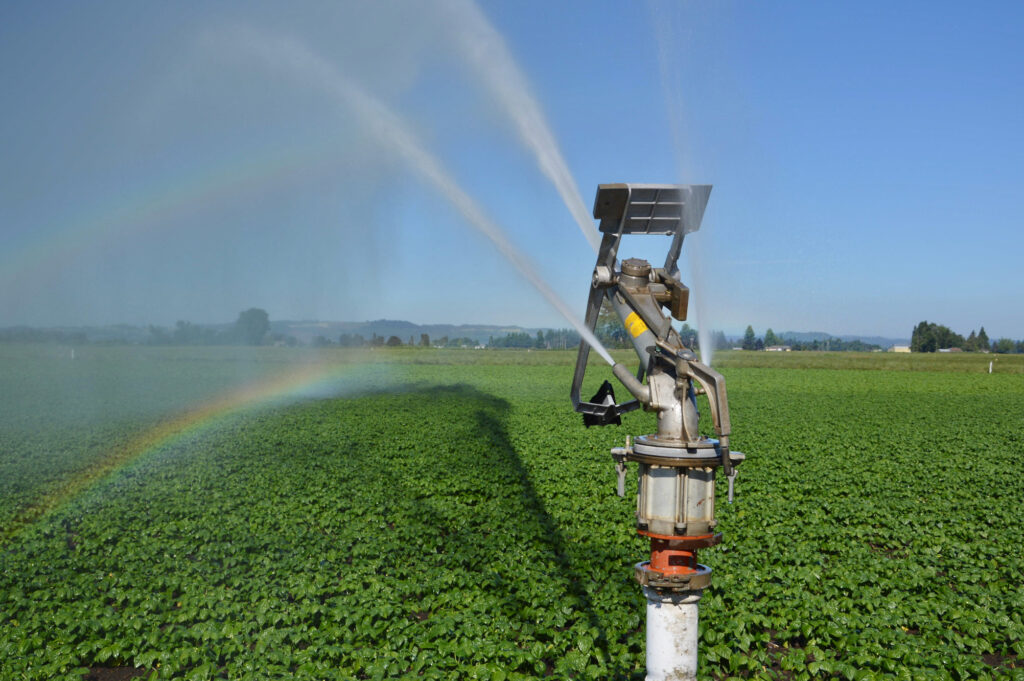By Mateusz Perkowski | Feb. 14, 2025 | Capital Press
Oregon lawmakers are considering a bill to expedite aquifer recharge projects but a group of irrigators is questioning whether the proposal goes far enough.
Under House Bill 2988, state agencies would be directed to “reduce barriers” and expand the practice of recharging aquifers, which included “storage and recovery” projects in which the groundwater is withdrawn for irrigation.
Though Oregon was once considered a leader in aquifer storage and recovery, it’s recently been hindered by bureaucratic red tape, said J.R. Cook, director of the Northeast Oregon Water Association, which advocates for irrigators in the region.
“In the past 10 years, things have changed drastically toward the negative,” he said during a recent legislative hearing.
The bill is a step in the right direction but needs more “teeth” to actually provide relief to aquifer storage and recovery projects, Cook said.
As recently as 2012, the state’s political leaders were strongly in favor of increasing aquifer recharge as a way to provide irrigators and other water users with more flexibility and storage options, he said.
More recently, however, state regulators have effectively stood in the way of such projects by casting doubt on the data and models that demonstrate they comply with environmental regulations, Cook said.
Regulators have thrown up objections to methods that were considered sound in the past, telling proponents: “We don’t agree with this model, you’ve got to figure out a different model,” he said.
The resulting delays and added costs are threatening to dissuade investors who’d been excited about aquifer storage and recovery, Cook said.
“If you can’t even get to the five-year testing to prove the concept, those funding sources and that interest goes away very quickly,” he said.
While aquifer storage and recovery has been successful in Oregon and remains a promising technique, such projects must be carefully evaluated to prevent disrupting the function of groundwater systems or introducing contaminants, said Doug Woodcock, deputy director of the state’s Water Resources Department.
“There are always consequences. Some are intended, some are not, so we need to go into it with our eyes open,” Woodcock said.
Such projects are “technical and complicated” but the state has no dedicated staff for examining the proposals, he said.
“This work is shoehorned in with other work the agencies do,” Woodcock said.
Under HB 2988, OWRD and other state agencies would be required to identify changes to existing regulations and laws that would promote aquifer recharge, as well as funding mechanisms to support regulatory oversight of such projects.
WaterWatch of Oregon, an environmental nonprofit, doesn’t oppose the bill, but is concerned that “removing barriers” will be interpreted as decreasing protections for groundwater quality, public health, and ecosystems.
The group is asking lawmakers to amend the bill to eliminate language about removing barriers and instead direct agencies to improve aquifer storage and recovery processes in a way that maintains regulatory protections.
This story was originally published in The Capital Press on Feb. 14th, 2025. Photo courtesy of Tracy Robillard / USDA.

